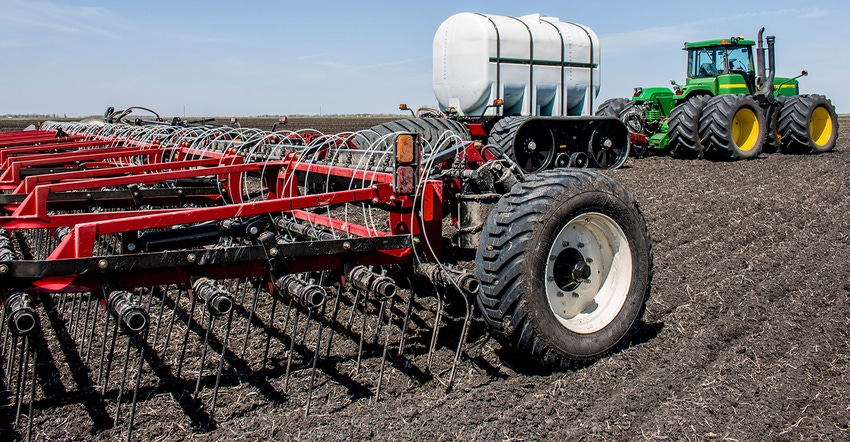July 5, 2017

By Ted Bay
Machinery and equipment are major cost components in crop production, a cost farmers may need to appraise if low grain prices persist. How many farmers know their machinery costs or think about machinery as an analyzable input cost? A recent farm conversation reminded me that farmers have an intuitive understanding of machinery costs and use it when investing in equipment. Examples include understanding the impact of adopting technology that maintains equipment value and minimizes depreciation, or sizing equipment to the farm for optimum financial performance with the goal of maintaining timeliness without overinvesting.
Calculating costs
Even with an intuitive understanding of equipment costs, determining actual machinery costs may feel like a daunting or even impossible task. However, with a few guidelines, determining machinery costs can be one of the more interesting parts of crop budget analysis. Cost analysis can determine machinery costs per acre or per bushel, what to be charging for the custom work a neighbor wants done, or what size equipment is best for my operation. Cost analysis can help with decisions a lender may be involved with, when to stop repairing equipment and trade, should I buy new or used, and what is the impact on machinery costs of gaining or losing rental ground.
Machinery costs fall into two categories: fixed and variable. Fixed or ownership costs occur regardless of the number of hours a machine is used and include depreciation, interest, insurance and housing, which may include taxes. Variable or operating costs vary with the amount of machine use and include fuel, oil, repairs and maintenance, and labor. Good records are the best method of determining machinery costs. If records are not readily available, Wisconsin, Minnesota, Iowa and Illinois Extension services offer information for estimating these costs.
Actual machinery costs can vary widely from the averages reported in Extension publications depending on how well machinery sizes are matched to acreage, how the machines are used (or abused), age and use. What your actual number is may have a significant impact on profitability or may be a place for cost containment in the future.
A recent inquiry about machinery costs asked, “If I replace equipment every 10 years, how would my machinery costs compare to custom rates?” This was for a 1,500-acre grain operation. Using Extension publications and machinery cost tools, we started with the cost of planting, using a 250-hp tractor and a 16-row planter. Information needed included list price, purchase price, life of the tractor and planter, annual use of each, fuel price, labor or operator cost, and for the planter, we needed planting rate. This planter had a planting rate of 16.8 acres per hour, which included loading time. Worksheet guides help estimate depreciation and interest or capital recovery costs, and repairs, fuel, insurance, etc.
The estimate of cost for ownership and use of this tractor and planter came to $16.93 per acre compared to a custom rate of $25 per acre. The second question was, “What should I charge for custom planting then?” If travel time and small field size reduced planting rate to 12 acres per hour, this raised the cost of planting to $23.70 per acre — very close to the custom rate. Actual records of machinery costs would allow a more accurate calculation of cost per acre.
Once a farmer is familiar with the machine cost worksheets, it then becomes possible to analyze additional questions such as comparing the cost to plant between new and used equipment, which shows the impact of repair costs, or comparing the cost of operations for different sized equipment to find the optimal size for your farm. This type of analysis to manage machinery costs may be key to long-term profitability if grain prices remain low. Additional information and guides for analyzing machinery costs can be found from these resources:
• UW Extension: A Fast and Simple Method to Calculate Machinery Costs
• UW Extension: Estimating Agricultural Field Machinery Costs
• University of Minnesota: Machinery Cost Estimates
• Iowa State University: Estimating Farm Machinery Costs
• University of Illinois: farmdoc machinery costs estimates
Bay is the Extension crops and farm management agent for Grant and Lafayette counties.
You May Also Like




